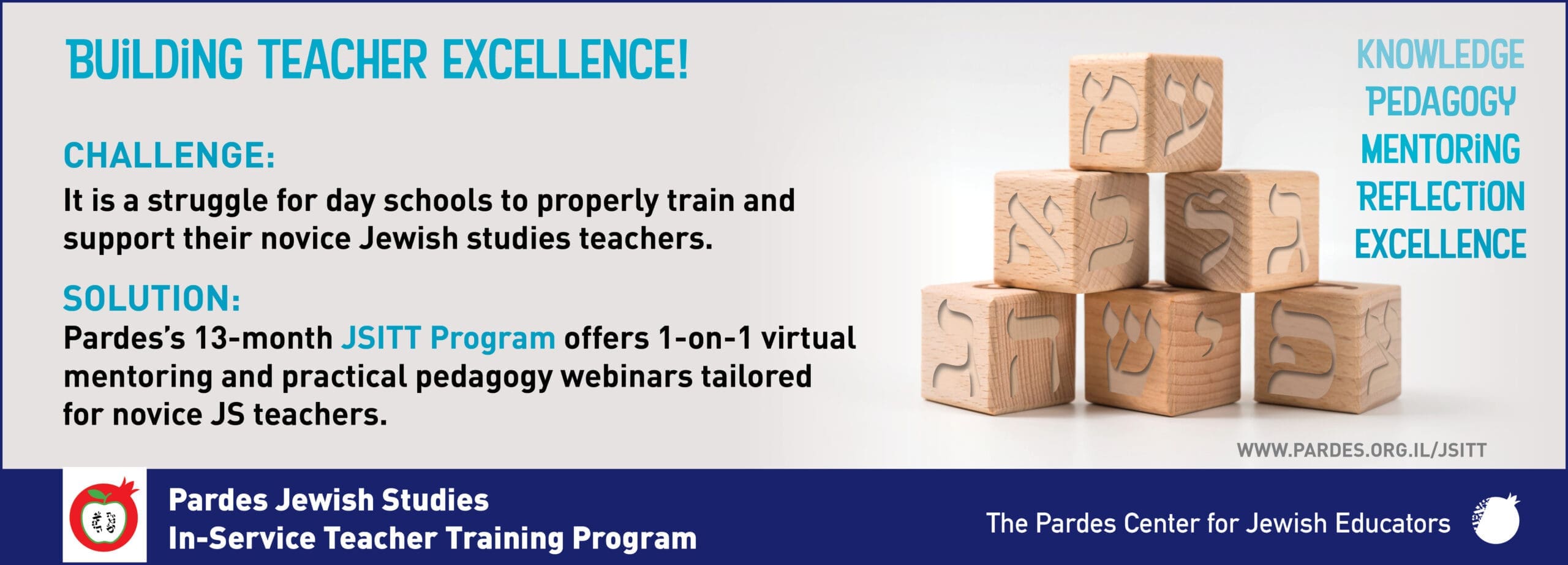Tokhehah Leshem Shamayim
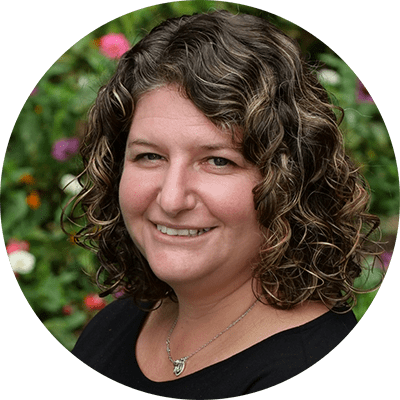
Jennifer Newfeld is the Jewish Life Chair and a Jewish Text and Stem teacher, at the Charles E Smith Jewish Day School (Maryland). She also is a curriculum writer, consultant in Jewish education and directs a synagogue school. Jennifer holds an Ed.D. in Curriculum, Teaching, Leading and Learning from Northeastern University.



Derek Rosenbaum is chair of the middle school Jewish Text department at Charles E Smith Jewish Day School. Rabbi Rosenbaum earned the title of rabbi from the Reconstructionist Rabbinical College and is a graduate of List College and Columbia University. A native of Philadelphia, PA, he now lives in Silver Spring, MD.
One day, in a 7th grade lesson during our unit on tokhehah (the mitzvah of rebuke), a student shouted out from across the classroom: “This is tokhehah leshem shamayim!” In this moment, with one eloquent and original phrase, this 7thgrader had connected the learning in our current unit of tokhehah with the concept of leshem shamayim (for the sake of heaven) from our previous unit of mahloket (disagreement). This delighted us because it showed that the concepts of mahloket we had been teaching were not just retained for the duration of our unit, or for a test, but were concepts students internalized, held on to, and could apply to new settings and used in unique ways. We began to see our students apply their learning in unique ways throughout their middle school days. Teaching our students the concepts of mahloket unlocked their imagination and inspired their daily actions, and conveyed to them how the texts of their Toshba (Torah SheBe’al Peh) classes can speak to their current reality, sharing meaning and adding value.
Curricular Change: Embracing Mahloket
Several years ago, our Toshba team completely overhauled our 6th grade Toshba curriculum. The new curriculum was built around a unifying theme of “My Place, My Space” and focused on three core enduring understandings. This proved to be a wonderful introduction for our students to the study of Toshba as an independent topic, which begins in middle school at the Charles E Smith Jewish Day School. Following a few successful years of 6th grade Toshba, we began to notice that the 7th grade curriculum lacked the same level of structure, enduring understandings, and personal connection for the students. While the 7th grade program included a number of age-appropriate, valuable units on mitzvot bein adam lehavero (how we should treat one another), topics that 7th graders could care about, they felt like discrete units that did not impact our students’ behavior. That is, until we decided to introduce the concept of mahloket.
We aspire to have all our learning, in both Judaics and secular subjects, speak to the middle school experience. We want our lessons to help students navigate the tumultuous time they are experiencing with tools, ideas, and inspiration on how to live their lives and grow to become the adults they aspire to be. We strive to make sure that our classes do not remain academic endeavors disconnected from the lived reality of our students. As a pluralistic Jewish day school, our students arrive in our classrooms with a myriad of backgrounds, knowledge, and personal Jewish practices. It is no simple task to make sure Jewish studies classes, and particularly Toshba, feel relevant and engaging for each and every student. Teaching about mahloket through the lens of social-emotional learning at the beginning of the school year allowed us to achieve this balance.
To approach the concept of mahloket more deeply than our brief introduction in 6th grade where we defined the word, shared how and why the rabbis engaged in mahloket, and discussed how this type of engagement should enrich our Toshba learning, we turned to Pardes’ Mahloket Matters curriculum. This curriculum is based on three pillars: social-emotional learning, constructive disagreement mindset, and Jewish texts. Mahloket Matters was designed for adults and teens so we set about adapting the materials for our middle school setting.
We started off the year with our unit on mahloket, which we found became a unifying theme for the class. We defined mahlokot as conversations across differences stressing the value of mahloket leshem shamayim. We practiced what mahloket should and should not look like. We examined examples of mahloket from the worlds of politics, business, entertainment, and middle school interactions. Students created rules of engagement and scripted videos sharing examples of positive and negative mahlokot leshem shamayim, and we paired these modern and personal examples with classic texts of the rabbis. Students examined why the Sanhedrin was structured the way it was and discussed the value of coming up with 49 reasons (Midrash Tehillim 12 and Nedarim 38a) for each side of an argument before coming to a decision. We learned about the concepts of ohev shalom and rodef shalom from Avot 1:12, Midrash Shmuel (on Avot 1:12), and Avot 5:11, and we delved into deep learning with other rabbinic and hasidic texts discussing the value of mahlokot in our tradition. At every stage of our learning, we danced back and forth between the learnings found within the text and the personal application to the students’ lives. Lastly, we used our shared protocols to practice mahloket leshem shamayim while students debated contemporary, contentious, difficult topics. This curricular change has had a positive impact on students and teachers alike, creating the basis of a curriculum that interests and excites the students in their Toshba learning and influences their behavior both inside and outside the classroom. We are now in the process of broadening the Mahloket Matters ideology and vocabulary throughout the entire upper school: in the middle school, the high school, and across academic disciplines.
Inside and Outside the Toshba Class: Students’ Learning and Behaviors
After the tokhehah leshem shayamim comment, we started to see moments of mahloket leshem shamayim pop up all over the middle school day. We noticed that students were attempting to see the other side in an argument. We noticed that students called each other out appropriately and respectfully with the phrasing, “that’s not leshem shamayim.” We noticed that in a middle school culture, where it is seen as cool to put each other down, there was a bit less of this style of engagement happening. We began to see how Toshba was impacting our students’ everyday behaviors for the better.
After hearing about the mahloket training we had been doing with our students, an English teacher approached us asking for help incorporating the same vocabulary into an upcoming peer editing exercise. Students were able to feel comfortable sharing with their peers ways to improve their writing because it was now couched in the language of leshem shamayim. No longer did students need to worry that they would sound rude, like a show-off, or appear inappropriate if they gave their peers constructive feedback on their writing because now everyone understood that this feedback was given with the right intention and spirit.
Another time we were able to redesign an assignment where the students examined a situation and had to determine if the people in the story had performed tokhehah or not. Previously this had been a fine assignment, but now we asked students to share 49 reasons why the people in the story had performed tokhehah and 49 reasons why they had not (reflecting back on Midrash Tehillim 12 and Nedarim 38a) before they could state their conclusion. This enriched exercise generated a much deeper and more nuanced understanding of the story, the characters, and their actions. Students now did not determine if they had performed tokhehah based on a feeling or a simple definition but rather could base their answers on a deep understanding of both sides of the argument.
Enriching Civil Discourse Across Our School
As we recognize the impact these teachings and tools can have on our school culture, we started developing a professional development module for our entire upper school faculty. Our working title for this professional development is: “Thinking About Mahloket and Civil Discourse in School Culture: How do we help our students have deeper, more respectful conversations across differences?” Our goal is to create campus-wide shared understandings, vocabulary, and protocols to foster a positive enhancement in school culture, grounded in Jewish tradition, across differences of perspective and opinion. Ours is a values-based, pluralistic day school where the default feeling among students can sometimes be that everyone’s opinions are more or less the same. By providing faculty with the tools of mahloket, based on our rabbinic tradition, we envision that every classroom can become a laboratory for difficult and respectful conversations, ones in which students will feel empowered and safe to express their divergent views.
With the faculty of the entire school, we plan to define mahloket leshem shamayim, hold up what we already know and do in our classrooms and take a deeper dive into several of the texts mentioned above, introduce key concepts, and create shared protocols. We believe our middle school students who are already well-versed in the practical application of these concepts will be partners with us in implementing and guiding civil discourse throughout our school.
Conclusion
We are excited about where this learning will lead our students and our school. We look forward to continuing to engage our students throughout their day in meaningful and difficult conversations conducted through the lens of mahloket leshem shamayim. We are excited by how this can serve their daily interactions today and well into the future. We are also eager to learn what similar pedagogical work is being done elsewhere. We would be thrilled to create a network of schools that seek to better their classrooms and school cultures through teaching mahloket. THAT work would truly be leshem shamayim.



Jennifer Newfeld is the Jewish Life Chair and a Jewish Text and Stem teacher, at the Charles E Smith Jewish Day School (Maryland). She also is a curriculum writer, consultant in Jewish education and directs a synagogue school. Jennifer holds an Ed.D. in Curriculum, Teaching, Leading and Learning from Northeastern University.



Derek Rosenbaum is chair of the middle school Jewish Text department at Charles E Smith Jewish Day School. Rabbi Rosenbaum earned the title of rabbi from the Reconstructionist Rabbinical College and is a graduate of List College and Columbia University. A native of Philadelphia, PA, he now lives in Silver Spring, MD.
Reach 10,000 Jewish educational professionals. Advertise in the upcoming issue of Jewish Educational Leadership.
Do you want to write for Jewish Educational Leadership? See the Call for Papers for the upcoming issue.


FROM THE EDITOR: Fall 2023
Fascinating. Infuriating. Uplifting. Complex. Boring. Inconsistent. Logical. Brilliant. Eclectic. Irrelevant. Compelling. Frustrating. Inspiring. Ancient. Contemporary. The Talmud evokes all the above, and more. I vividly remember my first encounter with Gemara. I must have been ten years old, and my family was in a bungalow colony in the Catskills. Rabbi Cohen taught Gemara to the older boys, of which I was not, but I asked permission to sit in and listen. I loved following the discussions and debates, even though I couldn’t read any of it and retained none of the content.


The Block Method for Teaching Gemara
By its very nature, teaching Gemara seems to defy everything we know about education. When we teach math, or language, or anything else, we start with the simple and easy-to-grasp aspects of the study area and gradually increase the level of challenge and difficulty. For example, we begin with addition and slowly move on to subtraction, multiplication, and division. We certainly don’t touch algebra until these are firmly in place. One couldn’t imagine a math class that requires knowledge of Pythagoras’ theorem presented to a class that has not yet mastered multiplication.


The Puzzling Talmud
A sixteen-year-old American Jewish day school student named Brandon (a self-chosen pseudonym) reports that he likes studying Talmud. What does he like about it? “I like the process,” he says. “It is kinda like a puzzle, that you have to get each word, and fill it in so it creates the whole text.” Brandon approaches his study of Talmud knowing that it’s going to be hard. Every word might take some effort to decode. Eventually, however, he can put it all together.
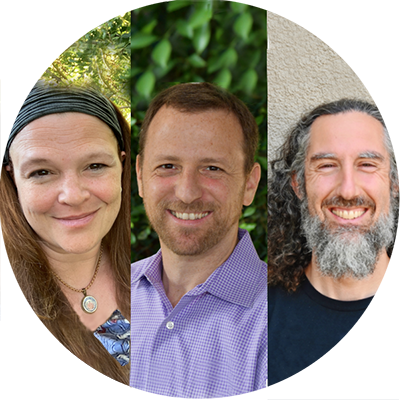

A Multidimensional Approach to Teaching Rabbinics
Pressman Academy is an early childhood through 8th grade school in Los Angeles serving a religiously diverse group of students. The school’s Judaics program, which includes Hebrew language, Jewish history, Tanakh, and daily prayer, affords a maximum of two weekly periods to teaching Rabbinics (in grades 5-8), presenting a significant challenge of what to include and how to approach it.


The Sanhedrin is in Session: Experiencing Rabbinic Literature
On Tuesday morning Rabban Gamliel called the gathered people to order. A letter had arrived from a northern district court in the Galilee which required the attention of the Sanhedrin. Rabban Gamliel took his seat at the head of the semi-circle of esteemed Rabbinic colleagues. R. Yehoshua sat on one side of him and R. Eliezer sat on the other.
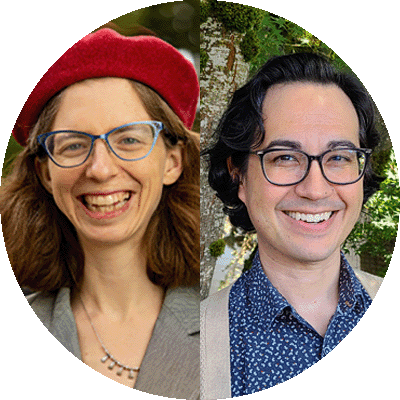

Replacing Relevance with Relationship
A relationship to Talmud study is highly valuable to those who possess it. Few other activities manage to combine elements of intellectual inquiry, spiritual questing, and moral development in the almost alchemical way that the study of Talmud does. And yet, there are a number of hurdles students must overcome in order to develop an independent relationship with the Talmud. First and foremost, studying Talmud in the original Hebrew and Aramaic can feel scary to the uninitiated. Second, the logic of the Talmud is foreign to students at first. Finally, students may wonder what a text from 1500 years ago might have to say to them.
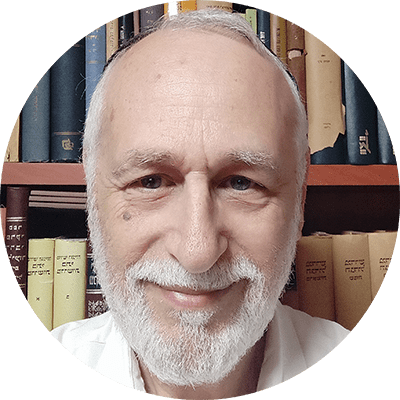

Teaching Talmud in Secondary Schools: Masorah and Modernity
Teaching of Talmud in traditional secondary schools has been a conundrum from the day it was decided to teach Talmud as part of the standard Jewish studies curriculum. Programs for yeshiva high school graduates in Israel and around the world are consistently populated by an overwhelming percentage of students who, even after six years of multiple weekly hours of Talmud instruction in secondary schools, are helpless in the independent study of Talmud. These students are successful independent learners of advanced mathematics, natural sciences, complex technology, and even humanities, but in Talmud, they require an embarrassing degree of spoon-feeding.
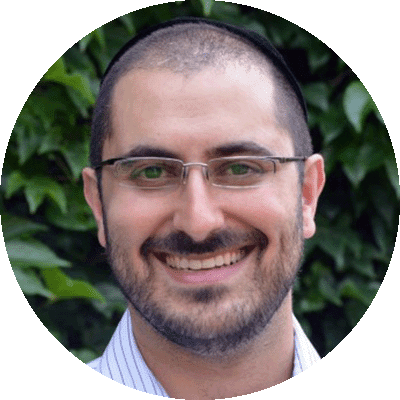

Pre-Mishnah: The Missing Link
I teach 5th grade Judaics at Fuchs Mizrachi School, a Modern Orthodox Zionist school (Cleveland). Upon entering the world of Torah SheBe’al Peh, a student is first greeted by the Mishnah—a complex and sophisticatedly interwoven compendium of Jewish law and wisdom. Students struggle to understand its relevance, how and why it was created, and its importance to the scope of their Torah learning. They ask, “Why are we learning Oral Torah?” and “Why should I care?” but underlying those questions is the more fundamental, “What is the Oral Torah?” While some choose to address this piecemeal over the span of many years, I believe that it is important to address it up front, in an organized manner.


Anatomy of a Gemara Lesson
You have been there, too, right? You thoroughly prepared a Gemara lesson by formalizing how you will explain the shakla vetarya, you concocted attention-grabbing examples and cases, charts to organize the conflicting opinions, and provided a translation and question practice worksheet. You slowly read the Gemara aloud while students annotated the text or completed linear translation sheets. You patiently and clearly explained the concepts and reasoning on a first, second, and even third pass of the reading.
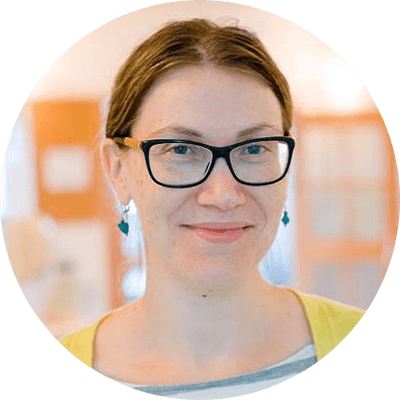

Making the Case for Agada
The rabbis of the Talmud were intentional and thoughtful educators; an example of their consummate pedagogic skill is the way they interspersed narratives into their halakhic writings and teachings. Their use of agadot is an effective teaching tool because, simply put, people love stories. We evolved to tell stories, to become compelled by stories, to connect to the characters, drama, and tension in stories. Stories draw in our students and they have the power to make them care.
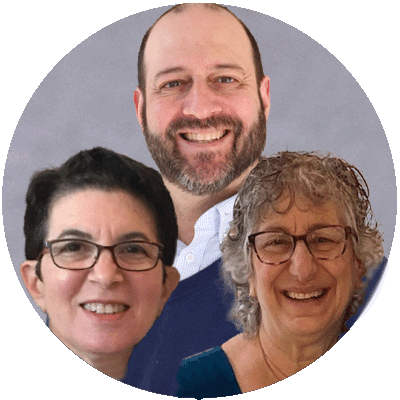

Extending the Reach of Rabbinics
Morah M.’s 5th-grade class is curating a museum exhibit showcasing artifacts that represent family legacy and tradition. The items are described on a placard that explains: These candlesticks were my Bubby’s and now my mother and I use them for Shabbat. When I chose them, I thought of the story about R. Yehuda HaNasi that we learned (Ketubot 103a). Before he died, he told his family that they should continue to set the table the same way, keeping the lamp in its usual place. We’re sort of doing the same thing when we use Bubby’s candlesticks.


Talmud Education for Diverse Learners: Taking the “Long but Short” Road
Teaching Talmud to weaker students can present many challenges not typically found in traditional Gemara classes. Navigating a text in a foreign language, especially one with the unique structure and rules of the Talmud, can be daunting for those grappling with language-based difficulties. Educators must realistically decide which teaching method—skill-based or discussion-based—will best set diverse learners up for success, and how demanding a Talmud course should be for students not likely to pursue this type of Torah learning in the future.
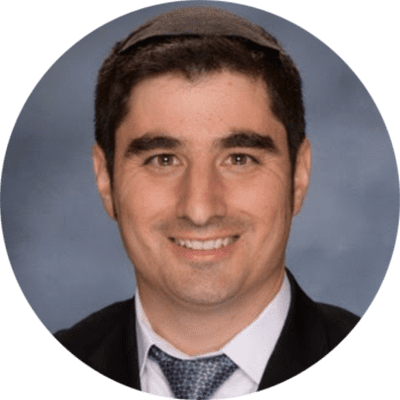

Teaching Talmud Guided by Essential Questions
Standing at the edge of the sea can be an awe-filled experience—the incomprehensibly vast expanse of water with no end in sight is both inspiring and intimidating. We would not consider entering it, whether to swim, sail, surf, cruise, or dive without proper preparation. Similarly, the Sea of Talmud is rich with information, personalities, debates, and much more. It, too, can inspire and intimidate with its vastness and complexity, and we should not expect our students to be able to jump in and navigate it without context and a roadmap. To prepare our students as they embark on their journey into the Oral Torah, we need to define our goals and our strategies for achieving them.
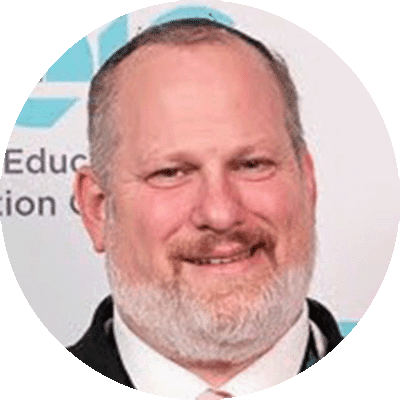

An Alternative Approach for Teaching Talmud
In my first year of teaching, I taught a student whom we will call Yossi. From the time he started 1st grade reading groups, Yossi was placed in the lowest track. This pattern persisted through my 11th grade Gemara class. A few weeks into the first semester of 11th grade, Yossi approached me after class to ask me a burning question which he was embarrassed to ask in front of his peers. He asked, “Who is Rabbi Baraita?” I said, “What do you mean?” He responded, “My past teachers kept explaining ‘the Baraita says…’ Who is Rabbi Baraita and why is he referred to as the Baraita?”


“Wait, What?!” Teaching Jewish Law in a Reform Jewish School
As a teacher at Rodeph Sholom School (RSS), I have for some time considered what it means to teach Torah SheBe’al Peh in a Reform Jewish independent school. What I offer here is a taste of how my colleagues and I have strived to shape our 7th grade Rabbinics unit so that it is aligned with our school’s mission and meets the needs of our specific community of learners. And while every school is unique, I am hopeful that the insights I’ve gained from teaching one unit on the development of Jewish law are instructive for any Jewish day school grappling with teaching Torah SheBe’al Peh.


A Learner-Centered Approach to Teaching Gemara
Traditional methods of teaching Gemara, such as hevruta learning followed by an interactive shiur, have stood the test of time. When teaching beginner students, however, this approach is less common, given their lack of prior knowledge or skills. As a result, many teachers prefer a frontal approach, perhaps projecting the daf on the SMART board and presenting the text phrase-by-phrase while students take notes between the lines of the traditional Vilna text. If hevruta time is used, it is often for the students to review material rather than for them to try to decipher the text. In this article, we are going to propose a method for using a modified version of the traditional approach which can be used for learners starting out on their Gemara learning careers.
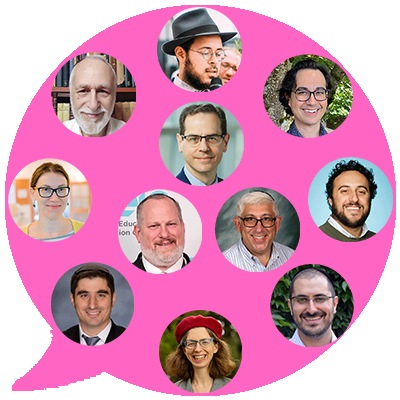

Why Learn Talmud?
Some of the articles in this issue describe the joy of studying Talmud, others break down the complex processes to make it more accessible to students or to enable the students to engage with it meaningfully. And just to make sure that we covered the bases of both the how and the why of Talmud study, we asked our authors to weigh in separately on the question: “Why do you think that day school students should be learning Gemara/Rabbinics?” We invite you to join that discussion.
Fall 2023 Journal Credits
JEWISHEDUCATIONALEADERSHIP
Jewish Educational Leadership is a publication of The Lookstein Center for Jewish Education of Bar Ilan University.
Chana German, Executive Director
JOURNAL STAFF
Hyim Brandes | Editor
Zvi Grumet | Editor-in-Chief
Chevi Rubin | Editor
Shani Sicherman | Copyeditor
Please send correspondence regarding journal content to zvi@lookstein.org.
The Lookstein Center publications present a variety of viewpoints. The views expressed or implied in this publication are not necessarily those of the Center.
EDITORIAL OFFICES AND ADVERTISING
The Lookstein Center for Jewish Education
Bar-Ilan University
Ramat Gan 5290002 Israel
Tel: +972-3-531-8199
US: +1-646-568-9737
www.lookstein.org
© 2023 by The Lookstein Center for Jewish Education.
All rights reserved.



